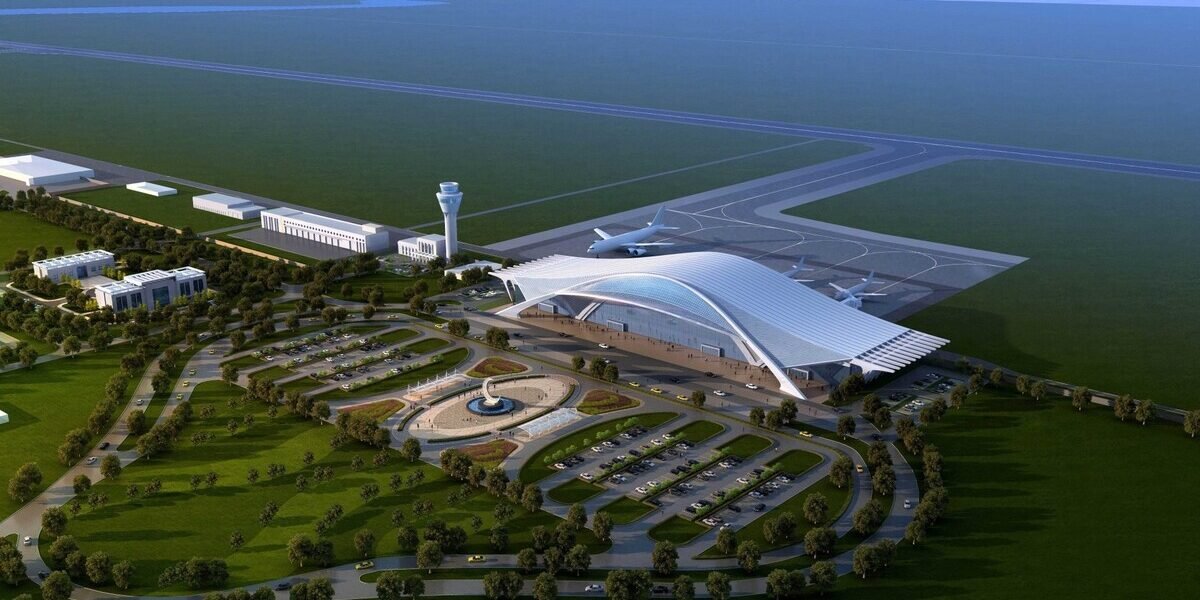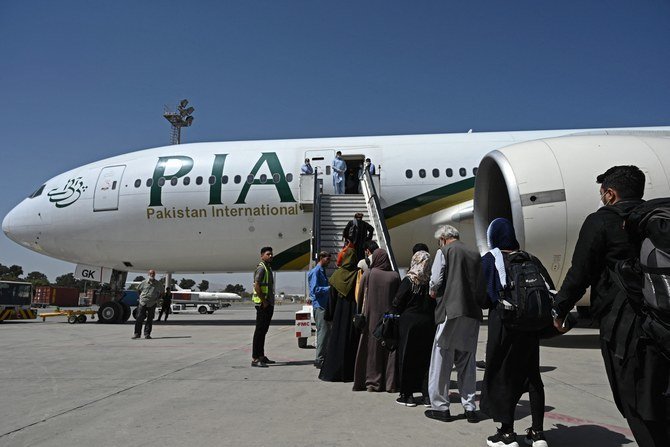GWADAR: Pakistan’s largest Gwadar New International Airport (NGIA) is set to start flight operations today.
The first flight, PIA PK 197, will depart on Friday morning for Muscat, Oman.
Pakistan International Airlines (PIA) confirmed that two weekly flights will operate on this route. A small ATR aircraft with a 48-passenger capacity will serve initially.
The Civil Aviation Authority (CAA) plans to increase the number of flights in phases.
Staff from CAA, Airport Security Force, Pakistan Customs, FIA, and other agencies are already deployed at the airport.
Prime Minister Shahbaz Sharif chaired a meeting on December 30 to discuss expanding operations. Officials announced plans for three weekly flights between Gwadar and Karachi in the next phase.
Talks are also underway with private airlines for domestic routes and with Chinese, Omani, and UAE carriers for international services.
The New Gwadar International Airport, spanning 4,300 acres, has become Pakistan’s largest airport. It is a flagship project under the China-Pakistan Economic Corridor (CPEC), built with Chinese collaboration.
Gwadar Airport includes cold storage, cargo facilities, and banking services through the State Bank of Pakistan.
The $60.2 billion Chinese-funded facility, part of the multi-billion-dollar China-Pakistan Economic Corridor (CPEC), developed in partnership with Oman, and China.
Former Prime Minister Imran Khan laid the foundation stone in 2019.
Last October, Chinese Premier Li Keqiang and Prime Minister Shehbaz Sharif inaugurated the project virtually.
The airport, located 26 kilometers east of Gwadar city, is Pakistan’s second greenfield airport. Pakistan Planning Ministry said that the project received more than half funding from China. Oman also contributed.
Modern Infrastructure and Capabilities
The airport boasts a 14,000-square-meter terminal building, capable of handling 400,000 passengers annually. It includes a cargo terminal with a capacity of 30,000 tons per year.
The runway is 3,658 meters long and 75 meters wide, meeting international standards. It can accommodate the world’s largest aircraft, such as the Airbus A380 and Boeing 747. Five aircraft can park simultaneously.
Advanced navigation systems, an air traffic control tower, and weather-resistant landing equipment enable operations in all conditions. The airport also features high-tech security, a desalination plant, a grid station, and fiber-optic systems.
Management and Future Expansion
The airport will be managed jointly by Pakistan, China, and Oman under an Open Skies Policy. However, the Pakistan Civil Aviation Authority (PCAA) will oversee operations.
The new Gwadar airport is a significant milestone for Pakistan, enhancing connectivity and supporting the region’s economic growth.
















